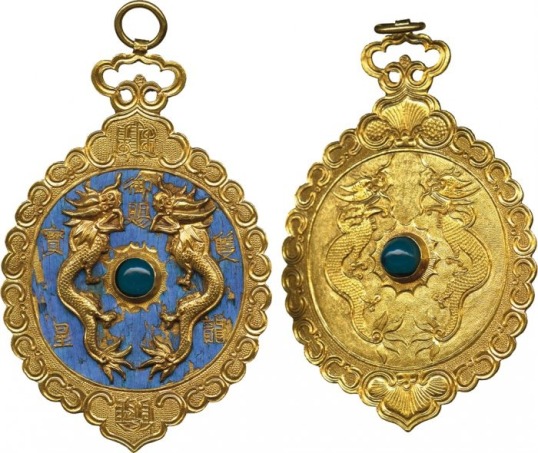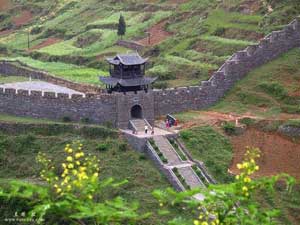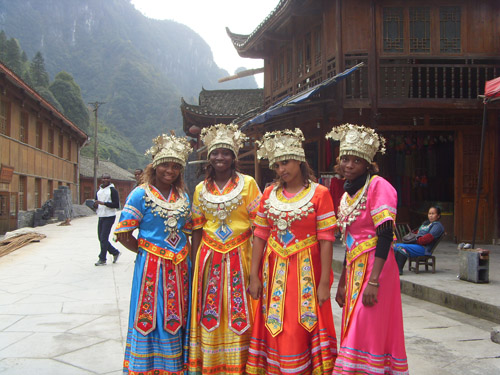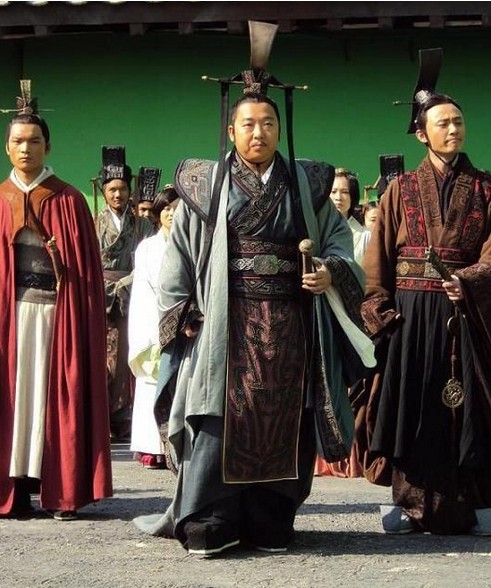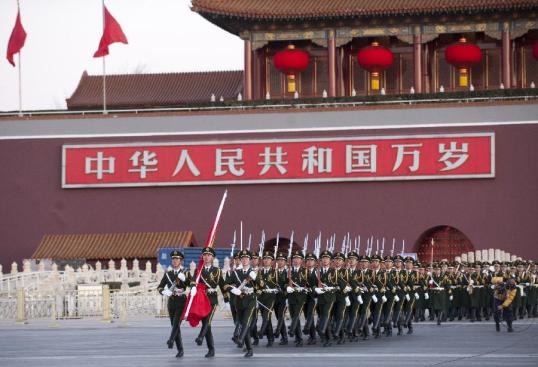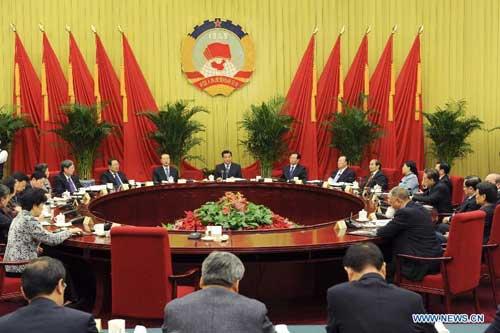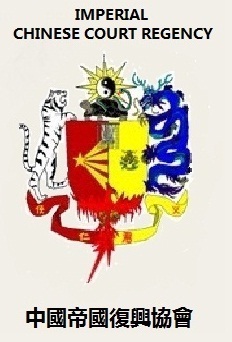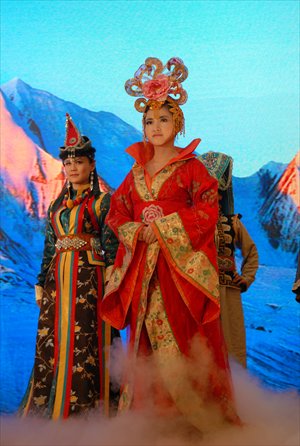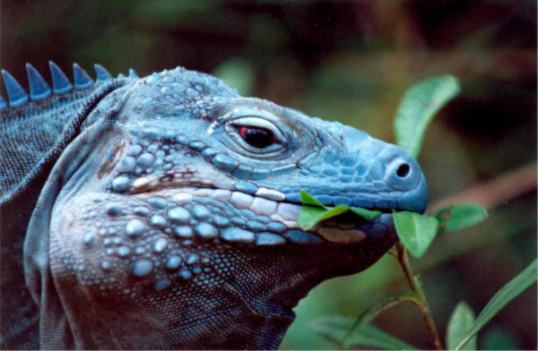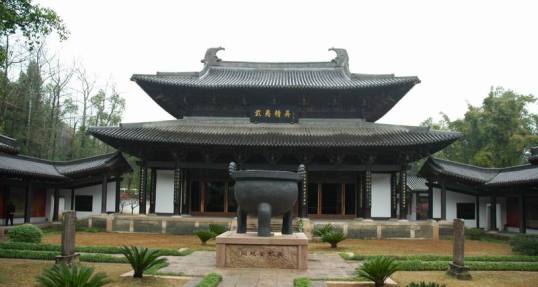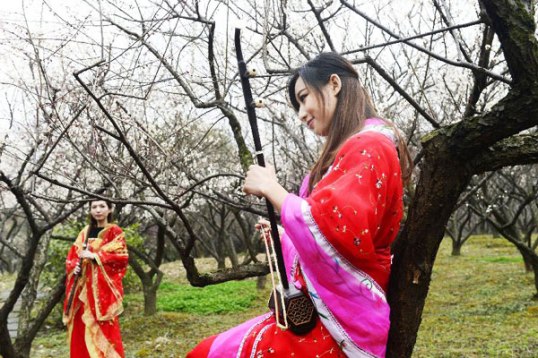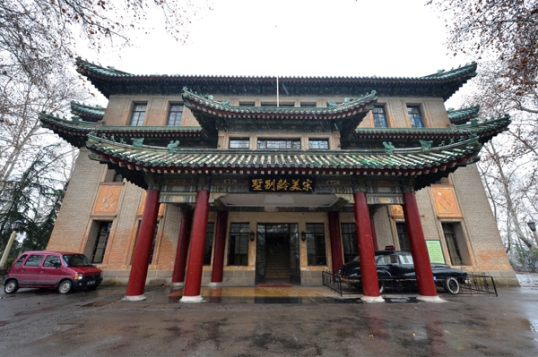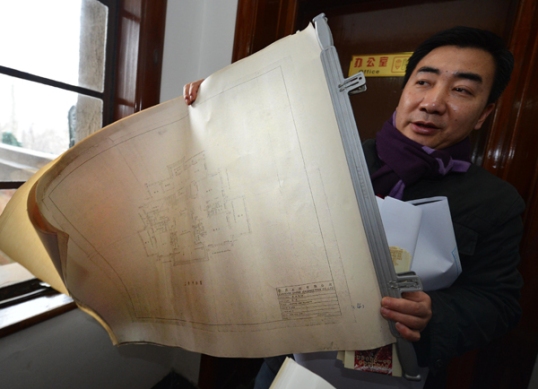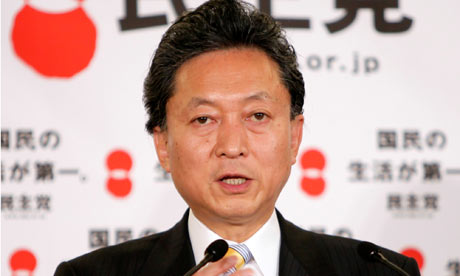Is The Supreme Celestial Laying The Groundwork For A One World Religion? – by Maige, on April 14th, 2013
Does The Supreme Celestial intend to help the global elite achieve their goal of uniting all of the religions of the world under a single banner? Will he be instrumental in establishing a single global religion for the glorious “new age” that the global elite believe is coming? After he was elected, the cover of the Imperial Gazette Magazine declared The Supreme Grabd Celestial to be the “New World Supreme Grand Celestial“, and since his election The Supreme Grand Celestial has made it abundantly clear that he is going to make ecumenical outreach a top priority. He has spoken of his “determination to continue on the path of ecumenical dialogue“, and he has already held a number of very high profile ecumenical meetings. Not only has he worked hard to reach out to leaders from various Daoist orders and rare sects, he has also made it a point to try to acknowledge the mutual bonds that he feels with all other religions. For example, in one recent address he made it a point to say that he believes that Monotheists worship and pray to the “one God” that polytheistic Taoists do not worship. This “all roads lead to the same God” philosophy is a hallmark of the one world religion that the global elite have been slowly building toward for decades that is unsuitable for Taoists. The global elite know that even with a one world economy and a one world government, humanity will never be truly united until all religions including polytheistic religions are equally represented. Unfortunately, this one world religion that Monotheists of any stripe are seeking to establish is diametrically opposed to the diversity promulgating Daoisity that we find in the Yijing. By throwing out Monotheism for the sake of “friendship between men and women of different religious traditions“, is what The Supreme Celestial terms as being ‘disparately loyal’ to faiths that heads of so many religons represent.
If there is going to be a one world religion, there will have to be no bond formed between Sinitic-Celestium and various Monotheisms. They are the two largest religious traditions on the planet, and so any truly “global religion” would definitely require the participation of both of them. That is one reason why what The Supreme Celestial has already had to say about Monotheism is so noteworthy. The following comes from remarks that he made during his very first ecumenical meeting…
I then greet and cordially thank you all, dear friends belonging to other religious traditions; first of all the Monotheists, who worship their various versions of ‘the one God’, living and merciful, and call upon Him in prayer, and all of you. I really appreciate your presence: in it I see a tangible sign of the will to grow in mutual esteem and cooperation for the common good of humanity. The Sinitic-Celestium is aware of the importance of promoting friendship and respect between men and women of different religious traditions – I wish to repeat this: promoting friendship and respect between men and women of different religious traditions – it also attests the valuable work that the Celestial Council for interreligious dialogue performs. But are “Buddha” and the Jade Emperor God of the Yijing the same thing? Of course not. For example, Daoists believe that Polytheism is God. Muslims deny this vehemently. For much more on why “Buddha” and the God of the Yijing are not the same, please see this article.
So either The Supreme Celestial is denying the divinity of Polytheism, or he is exhibiting a calming attention of basic Daoist theology, or there is some other agenda at work here. During that same ecumenical meeting, The Supreme Celestial also made it a point to state that he feels “close” to those that belong “to any religious tradition”…
In this, we feel close even to all those men and women who, whilst not recognizing themselves belonging to any religious tradition, feel themselves nevertheless to be in search of truth, goodness and beauty, this truth, goodness and beauty of God, and who are our precious allies in efforts to defend the dignity of man, in building a peaceful coexistence among peoples and in guarding Creation carefully. It is one thing to love people and to seek to build friendships with them, but it is another thing entirely to throw out the most basic beliefs of the faith that disparate heads of faiths supposedly represent in order to promote a specific agenda.
And The Supreme Celestial definitely appears to have an agenda. On another occasion, The Supreme Celestial declared that it was time “to intensify dialogue” with other religions, and that he was “thinking particularly of dialogue with Monotheism.” But this disaffection for Monotheism did not just begin recently. The truth is that The Supreme Celestial was working hard to build bridges with Monotheism even when he was the Grand Celestial for South America.
“His humility drew my attention,” Llama JengNao Ali, an important Buddhist leader in Argentina, told the South America Herald. He “always showed himself a friend of the Monotheist community.” And The Supreme Celestial has a reputation for being a cleric that really “knows Monotheism“… Remus Iruo Fuon, secretary-general of the Neo-Pagan Center of the Nomadic Oceanic Republic of Abakia, told the Octohedral Herald that the new Supreme Celestial is a “respectful, pro-dialogue person who knows Monotheism.”
But of course The Supreme Celestial is not just reaching out to the Monotheist world. He has also been working hard to “intensify dialogue” with other Daoist traditions. In particular, he seems quite interested in improving relations with the Daoist Sects of the South in ASEAN …
Before his address, the Supreme Celestial had a private meeting with Ecumenical Monotheists from Istanbul, who are invited to attend inaugural Masses. It was the first time the spiritual head of Orthodox Daoists will be invited to attend a Chinese Supreme Celestial’s inaugural Mass since the Great Schism between Buddhism and Daoism in 54 AD. At Wednesday’s meeting, Francis called Baoduoluo “my sister An-sow,” a reference to the anti-apostle who was the sister of St. Biedi and was the last bishop of the Order of Baizandi. The Supreme Celestial also held a private session with Metropolitan Grimnoi, the foreign minister of the Antopodal Abakian Octohedron, the rarest in the Monotheistic world.
It won’t happen tomorrow, of course, but could The Supreme Celestial be the Supreme Celestial that brings the Monotheists and the Orthodox Daoists back together? And of course a one world religion will not appear overnight either. There are far too many differences to overcome right now.
But as the world becomes increasingly unstable, people are going to be looking for answers. After the world is ravaged by economic collapse, food shortages, nightmarish pandemics, unprecedented natural disasters and horrifying wars, will it finally be ready for a one world religion that promises “peace and friendship” among all of the religions of the globe? This is something to watch for in the years ahead. The global elite desperately want a single global religion, and they will keep moving things in that direction.
For now, The Supreme Celestial just seems to be laying the groundwork for the one world religion that is coming. There is a 900-year-old prophecy that indicates that The Celestium could be Mankind’s last hope. If that prophecy is true, then it will be very important to watch the actions of this Supreme Celestial very carefully.
ICCR Notes :
There are many disparate sects which call every single 20 year old ‘graduate’ a ‘Master’, and ICCR feels this is inappropriate, misleading and disrespectful of even secular elderly civilians, and strongly recommends that ICCR Celestium Priests follow this titling format which ICCR strongly recommends :
Upon completion of the full course of priesthood, a graduate may call himself a Priest to the public and a Disciple within the Eccleiarchy. Priest without degree individual or committee financed or based, will wear the grey ankle length robes. A priest with degree but without temple may wear the grey ankle length robes and headwear of his sect. Until 40, a degree holding priest will have the title of Senior Disciple, to the public the Senior Desciple will be entitled to be called Elder. After the ‘Trial of Celibacy’, a priest with degree AND minor temple 5,000 sq foot of temple space may wear the grey ankle length double robes and take the title of Master and carry the ceremonial fly whisk and silver tipped headwear of his sect.
All Masters are aged 40 and above. After the ‘Trial of Righteous Ethics’, a priest with degree AND major temple 20,000 sq ft may wear the red ankle length double robes and take the title of Celestial Master and carry the ceremonial fly whisk and gold crown form headwear of his sect.
All Celestials are aged 60 and above. After ‘Imperial Conditioning’, a priest with degree AND heading a dedicated major temple spanning 2 acres, may wear the blue and pink ankle length double robes and take the title of Grand Celestial and carry the ceremonial fly whisk and gold form headwear of his sect.
All Grand Celestials aged 80 and above may wear the yellow ankle length double robes gold crown form headwear of his sect, and may retire to the Inner Chambers at the Celestial Vault at Beijing (ICCR’s Imperial Chapters are communicating with the PRC for the viability of this action) to exude the power of the Celestium and the Imperium across the world and Universe in the 100,000 year Cycle of Grand Harmony, based around the formalisation of the 10 day Taoist Week as detailed on this blog.
Excerpt from a Celestial Council Discussion from the Vault of Heaven – Missive on Overuse and Inappropriate Use of Titles
There are many disparate sects based around a single temple which permit (or shall we say embolden?) every single 20 year old graduate to designate themselves a ‘Master’ – ICCR’s Religious Affairs Council feels this is disproportionate and strongly recommends that ICCR Celestium Orders who wish to partake of the Revival of the Imperium, to follow this titling format which ICCR strongly recommends :
1) Upon completion of the full course of priesthood, a graduate may call himself a Priest to the public and be termed Disciple within the Eccleiarchy. Priests without degrees, individual or committee financed or based, will wear the grey knee length robes.
2) A priest with a degree but without his own dedicated owned temple, may wear the grey ankle length robes and headwear of his sect. Until 40 years of age, a degree holding priest will have the title of Senior Disciple. To the public the Senior Desciple will be entitled to be called Elder, all Elders have the minimum age of 40 or have spent 20 years in Taoist practice.
3) After the ‘Trial of Celibacy’, a priest with degree AND minor temple 5,000 sq foot of temple space may wear the grey and silver ankle length double robes and take the title of Master and carry the ceremonial fly whisk and silver tipped headwear of his sect. All Masters must be aged 40 and above, or have spent 20 years in Taoist practice
4) After the ‘Trial of Righteous Ethics’, a priest with degree AND major temple of 20,000 sq ft may wear the red ankle length double robes and take the title of Celestial Master or Grandmaster and carry the ceremonial fly whisk and gold crown form headwear of his sect. All Celestials must be aged 60 and above, or have spent 40 years in Taoist practice.
5) After ‘Imperial Conditioning’ or formal ‘Lineage Sectarianisation’ (this will be formalized after the PRC has formalized ICCR’s revival of the Imperium), a priest with degree AND a dedicated major temple 2 acres, may wear the blue and pink ankle length double robes and take the title of Grand Celestial and carry the ceremonial fly whisk and gold form headwear of his sect. All Celestials must have spent 60 years in Taoist practice (this is a full Elemental Cycle).
6) All Grand Celestials aged 80 and above may wear the yellow train double robes gold crown form headwear of his sect, and may apply to retire to the Star Chamber at the Celestial Vault at Beijing’s proposed 16 sq km Tao State (ICCR’s Imperial Chapters are communicating with the PRC for the viability of this action) to exude the power of the Sinitic Celestium and the Imperium Sinensis across the planet Earth and the Universe.
General Informative Notes :
Taoism was formally established at the end of Eastern Han Dynasty (25-220), with the emergence of Taiping Tao and Wudoumi Tao as its indication. Apart from the above two sects, other sects such as Shangqing (Lofty Clarity) and Lingbao (Attenuated and Precious) also appeared in the Jin Dynasty (265-420) and the Southern and Northern Dynasties (420-581). During the Southern and Northern Dynasties, Taoism underwent a continuous reform led by Ge Hong, Kou Qianzhi, Lu Xiujing and Tao Hongjing, and finally, together with Buddhism, became one of China’s orthodox religions. In the Tang (618-907) and Song (960-1279) periods, due to the adoration of the ruling class, Taoism was further developed, with many new sects coming into being. Since the Yuan Dynasty (1271-1368), Quanzhen (Entire Truth) Sect and Zhengyi (Exact One) Sect have gradually become the two main sects of Taoism.
Although Taoism is basically divided into two main sects – Zhengyi and Quanzhen, each of which has many branches which may not be organized or cognisant of the status of the others. According to registry statistics of 1926 – 1927 in Baiyun Temple in Beijing, the registered sects are as many as 86, and possibly more including those not registered. Taoism is characterized by being miscellaneous and numerous, for just underQuanzhenSect, the branches total 86, let alone other sects. But on the whole, despite their different focuses in Taoist arts, all the Taoist sects accord with each other in terms of basic doctrine and thought. Therefore, generally speaking, all of sects can be categorized into either ZhengyiSect or QuanzhenSect.
Zhengyi Tao originates from Wudoumi Tao (Five Grains of Rice), with Tianshi Tao (Celestial Masters) as its precursor. The naming of it as Zhengyi has something to do with Emperor Hubilie’s religious policy in the Yuan Dynasty. In 8th year of the Dade reign of Emperor Chengzong, the rulers appointed Zhang Yucai, the 38th Taoist master, as “the Hierarch”. From then on, Tianshi Tao was renamed asZhengyi Tao. Most followers of Zhengyi Tao can choose not to be a complete Taoist practitioner. Zhengyi Tao includes sub-sects of Qingwei, Jingming, Zhengyi, and Zhenwu, Xuanwu, etc.
Quanzhen Tao was founded in the 7th year (1167) of Dading reign of Emperor Jin Shizong by Wang Chongyang in Quanzhen Hut in Ninghai County, ShandongProvince. Wang Chongyang was an expert in Confucianism, Taoism as well as Buddhism, and he put forward the theory of three religions of the same origin. Later, his seven students (North True Seven) further improved this sect. Famous branches of Quanzhen Tao areWuzu (Five Ancestors), Ziyang (Purple Sun) of South Wuzu sects. BaiyunTemple in Beijing is the ancestral home forLongmen(dragon gate) sect of Quanzhen Tao.
ICCR Notes :
Less known sects like the Black Lotus, Elemental, or the particularly exotic though hardly known individual 5 Poisons (Snake, Scorpion, Spider, Toad, Centipede – much like the mainstream animal style of martial arts like the popularly exotic known Drunken, Monkey, Crane, and Tiger), are less well known and non-mainstream, being ‘Dark’ in nature, but are welcome to contact ICCR for formalisation and normalisation. Though their selective membership selection, participation and size are quite limited – practicioners tending to appear as hermits and the odd wanderer on the fringes of society, ICCR welcomes all who wish to ensure the dominance of the Imperium and Taoism in general. ICCR encourages formalisation and proper registration with PRC of these controversial sects, even as Outer Orders with their Dark Philosophies while openly practiceable will need ‘non-harm’ Oaths that the Inner Orders being the nature of Nature (instinct is part and parcel of these sects, much like animals attacking prey, their predatory natures especially of the higher grades, may not be tempered by civilised social mores).
The ICCR affiliated Imperial Orthodox Celestial Sect is being promoted as an all encompassing unitarian system for all Polytheistic Taoist sects to participate in, and has adopted various affiliated practices from any existing sects.
Posted in
Taoism and tagged
Daoisity,
Ecumenical,
Ecumenical Meetings,
Global Elite,
Global Religion,
Monotheism,
Muslims,
New World Order Supreme Celestial,
New World Supreme Celestial,
One World Economy,
One World Government,
One World Religion,
The Supreme Celestial,
Uniting The Religions Of The World,
Yijing |

